To Do in Plovdiv Bulgaria 15 Best Things
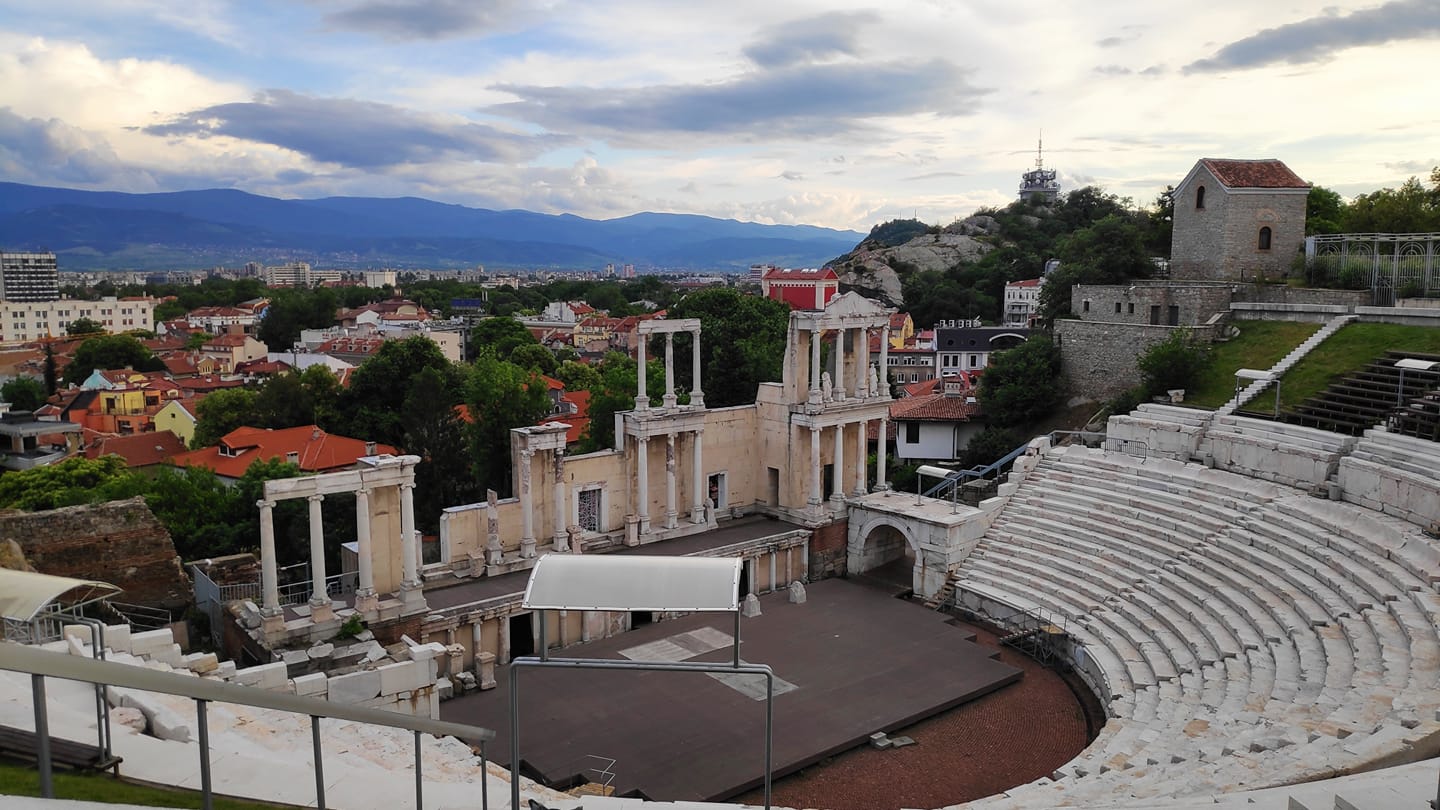
Plovdiv and its iconic hills have been inhabited for 8,000 years, making it one of the oldest continuously settled cities in the world. The Ancient Thracians were in control for a couple of thousand years before the Romans took over and constructed a majestic ensemble of monuments that are still being dug up today in this Bulgarian city.
The Roman Theatre is one of the most complete you’ll ever see, while the city’s hillside Old Town is a kind of outdoor museum littered with ancient churches and mansions built by wealthy merchants from the city’s past that open their doors to the public. It all makes for an enchanting place where western and eastern cultures have interacted for centuries.
Let’s explore the best things to do in Plovdiv:
1. Ancient theatre

One of the world’s most intact Ancient theatres, this building is still in use almost 2000 years after it was constructed.
There’s capacity for up to 7000 here and the structure cuts into the side of Taksim Tepe, one of Plovdiv’s six hills, and as you step down the slope towards the terraces the views of the city and the Rhodope Mountains behind are astounding.
The theatre was only rediscovered in the 1970s after a landslide had taken place on the hill.
If you’re in town in the summer don’t miss the chance to see an opera or theatre performance at this dreamy setting.
2. Plovdiv Roman Stadium
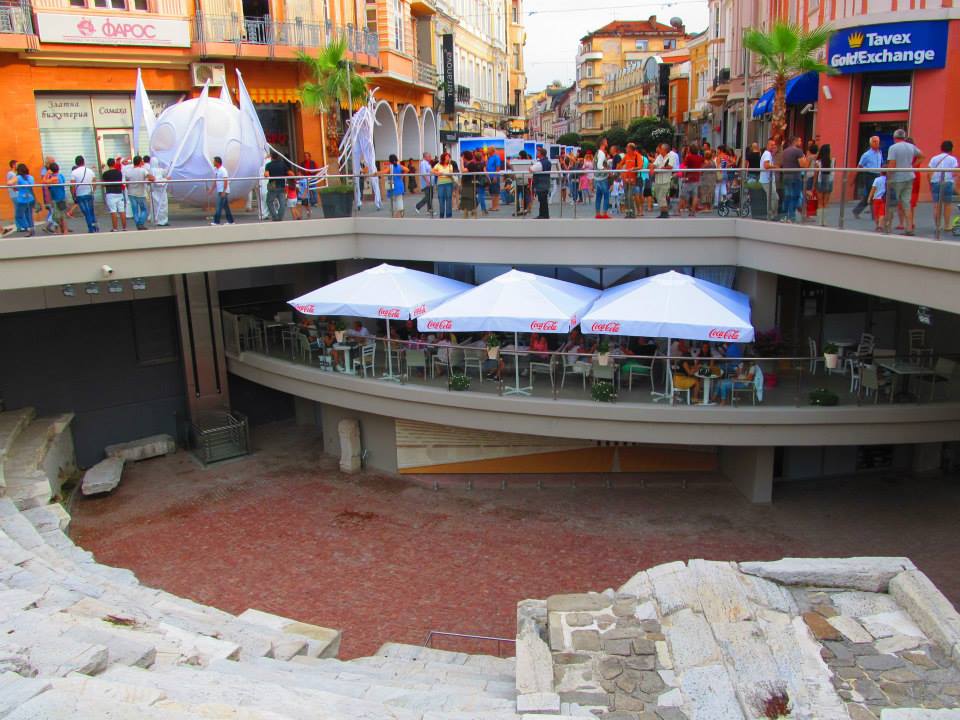
At one time this 2nd-century stadium could seat 30,000 spectators, although today you can only see fragments of this structure.
It sits beneath parts of Plovdiv’s Old Town and like the city’s Roman theatre was only excavated in the 20th century.
The best views can be had from Dzhumaya Square where you can look over the railings down to a large section of the stadium’s seating.
Walk down and you can navigate a vaulted passageway that runs underneath the northern curve.
Drop by the visitor centre that will fill you in on the stadium’s history.
3. Plovdiv Old Town
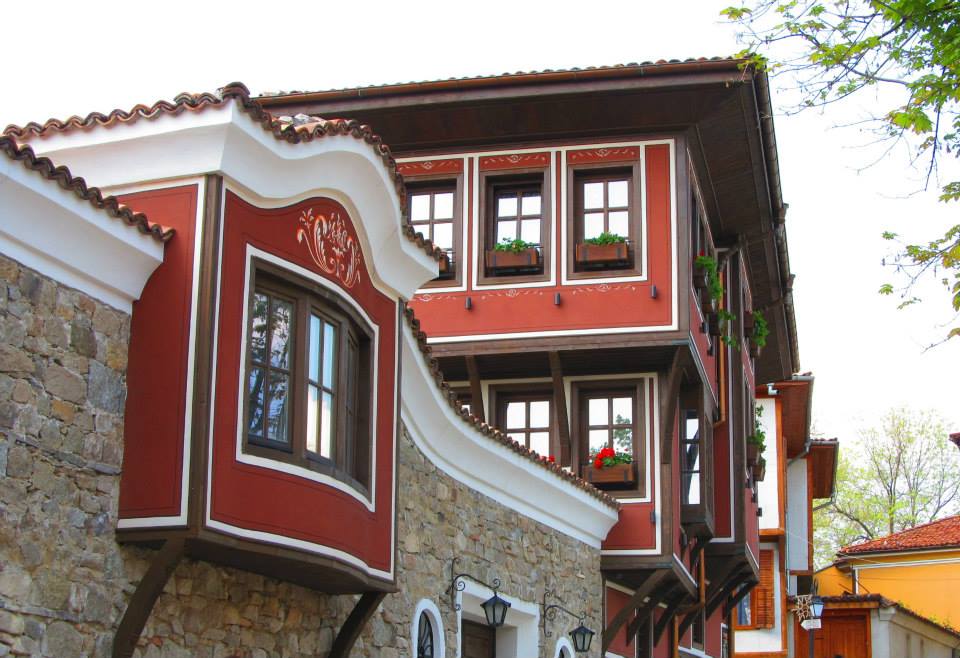
The car-free cobblestone streets of old Plovdiv are a joy, where traditional homes blend with Plovdiv’s roman ruins.
Most of the houses in this part of the city, particularly on Ulitsa Saborna, are half-timbered and some of the richer examples are painted in vivid colours.
Take the House of Stepan Hindliyan, dating to the mid-1800s, which is blue with characteristic delicate sgrafitto designs around its window frames.
You can enter this lovely old house, and several others in the Old Town, to see the extravagant interior decorations.
The murals in just one room in Stepan Hindliyan’s House took six months to paint by hand!
4. Bachkovo Monastery
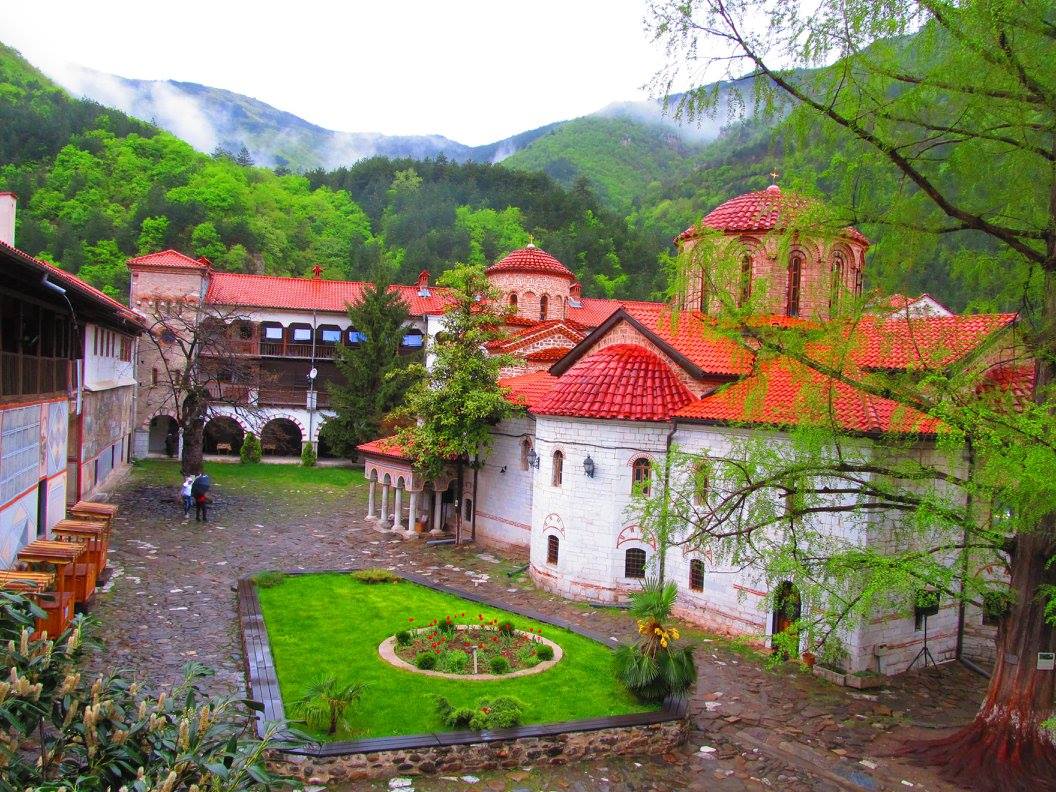
Just past Plovidiv’s southeastern reaches, outside the town of Asenovgrad, is this monastery founded in 1083.
Bachkovo is the second-largest and oldest Eastern Orthodox monastery in Bulgaria and brings together Bulgarian, Georgian and byzantine religious traditions.
The oldest part of the original complex to survive is the ossuary, a few hundred metres from the main buildings.
Here there are frescoes from the 1300s, one depicting Tsar Ivan Alexander of the Second Bulgarian Empire.
Inside the Holy Virgin Church there’s an icon of the Virgin Mary that was brought here from Georgia in the early-14th century.
5. Regional Ethnographic Museum
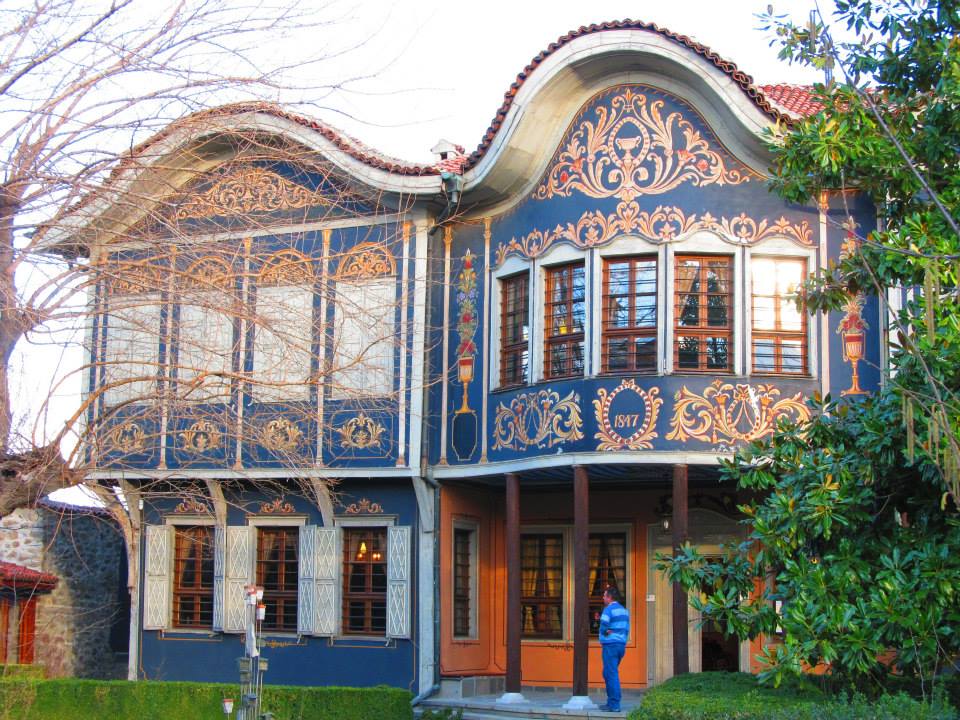
This Old Town attraction is in another merchant’s house built in the mid-19th Century, this one belonging to Argir Kuyumdzhioglu who was originally from Greece.
As you enter you’ll notice the ornate baroque sgraffito above the entrance and the undulating curves of the building’s roof.
The attraction has gathered more than 40,000 items relating to Bulgarian folk culture over the centuries.
You’ll see authentic musical instruments, fabrics, clothing, handicrafts and farm tools.
You can also contrast rural village life in the Rhodope room with urban opulence in the Plovdiv guest room.
6. Ancient Philippopolis
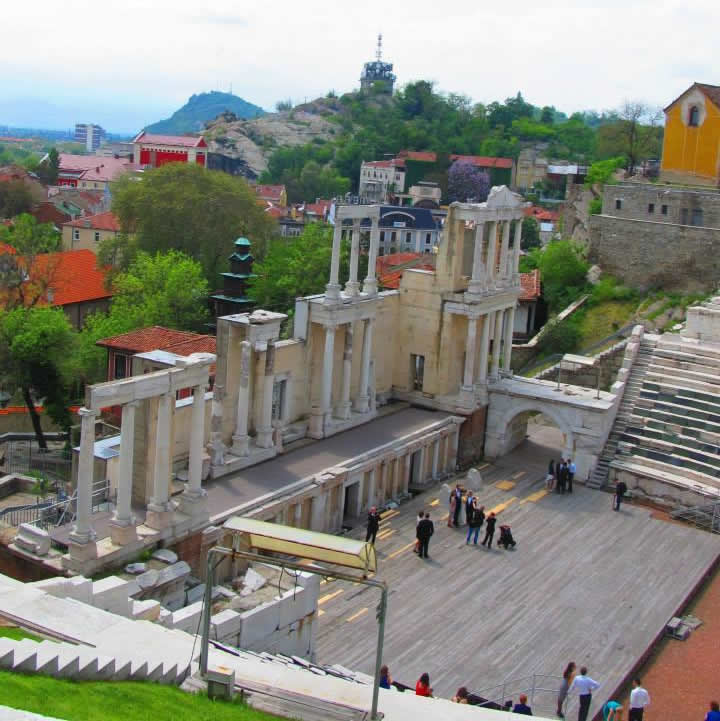
Next to Plovdiv’s post office are the remnants of the city’s Roman forum that intersected the two main streets, cardo maximus and decumanus maximus.
This would have been magnificent in its day, when you would have stepped through three grand archways or propylae to enter the square.
What you’ll see now are evocative pieces of Doric columns. Just next door is the odeon where Plovdiv’s council would have met, underlining the city’s importance to this region.
Here you can look down on a semi-circular arena with several rows of seating completely undamaged.
7. Mevlevi Hane
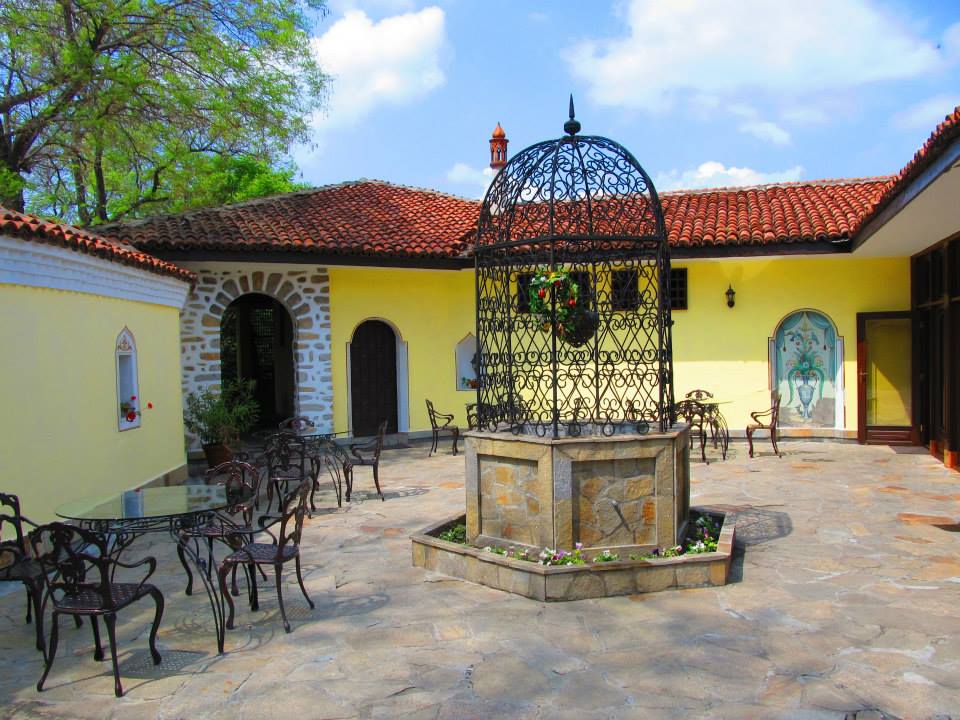
This building belonged to the Mevlevi Order of Sufis, which makes it kind of a rarity in Bulgaria.
The Mevlevi order was around during Ottoman times but died out in Plovdiv at the end of the 19th century.
All that is left is the hall, or ‘tekke’, where the sufis performed their famous liturgical dances. It dates to the renaissance period but also displays Ottoman modifications.
The Hane is especially worthwhile because it backs onto the old city’s defences, and some of the artefacts that have been pulled out of digs can be seen downstairs in the Puldin restaurant.
8. The Clock Tower
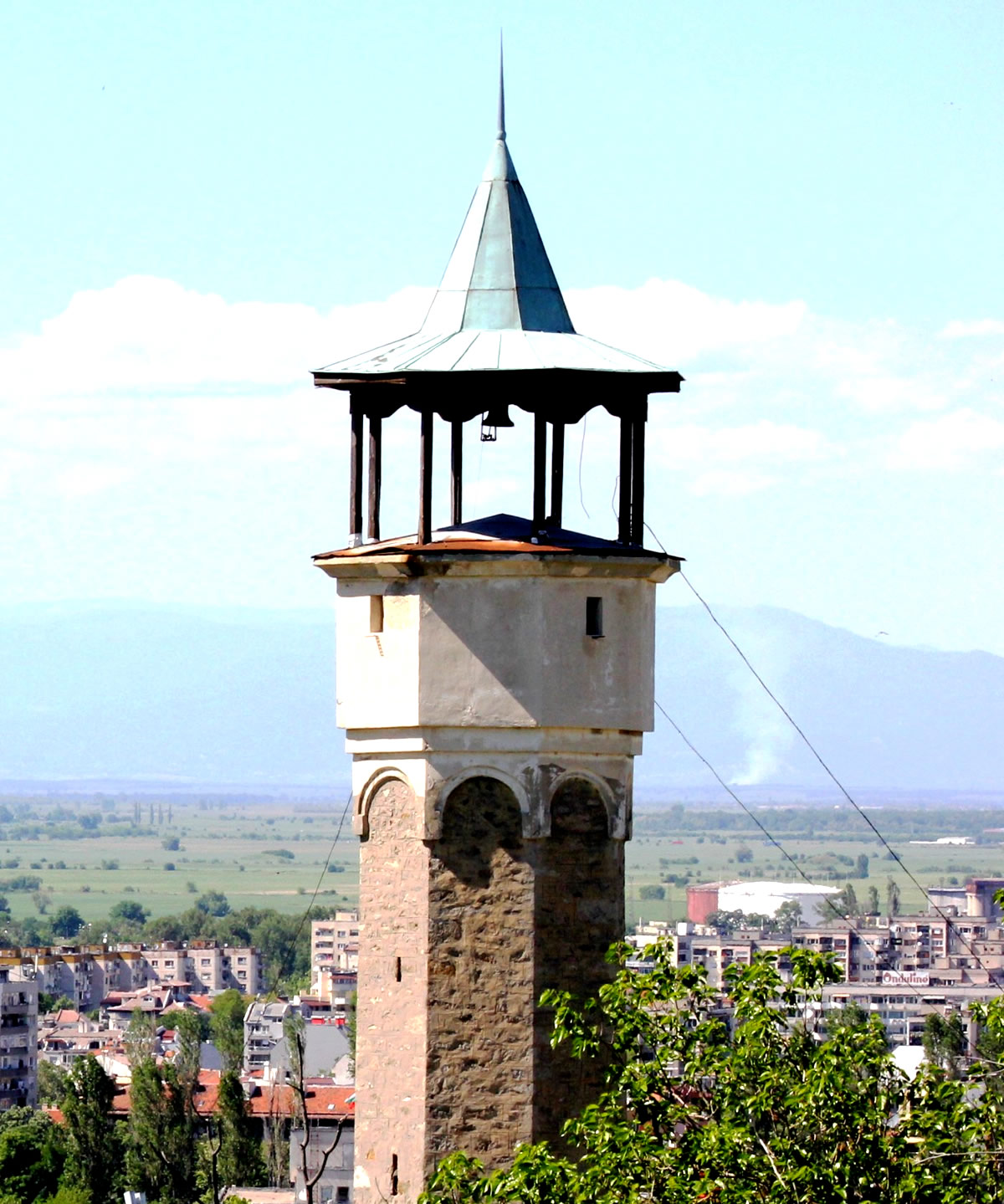
Crowning Sahat Tepe, one of Plovdiv’s six hills, is this fortified tower and one of the city’s emblems.
You’ll be able get up here in no more than a few minutes from the Roman Stadium, and the building with its conical lead roof atop a gallery is at least 300 years old.
A few small changes have been made down the years: In 1883 the large clock that you can see today was fitted, having been purposely crafted in Vienna.
9. Asen’s Fortress
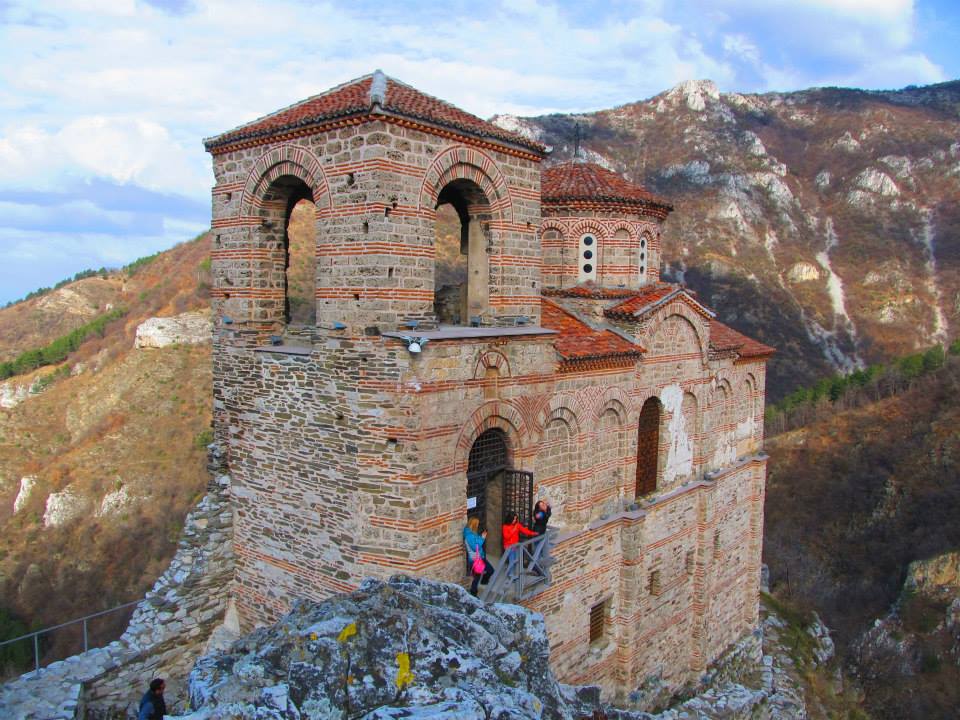
A short drive or bus ride southeast of Plovdiv will take you to a medieval castle that teeters on the edge of ridge over the Asenitsa River.
As you approach by road you’ll see this impressive building, stark against a landscape of limestone rocks and pine brush.
The walls of the fortress zigzag down the precipitous mountainsides, guarding a perch that has been a stronghold for as long as 6,000 years, back to the time of the Thracians.
What you see today is from the 1200s, and the best-preserved section is the Church of the Holy Mother of God with beautiful if partially damaged murals from the 14th century.
10. Church of St. Konstantin and Elena
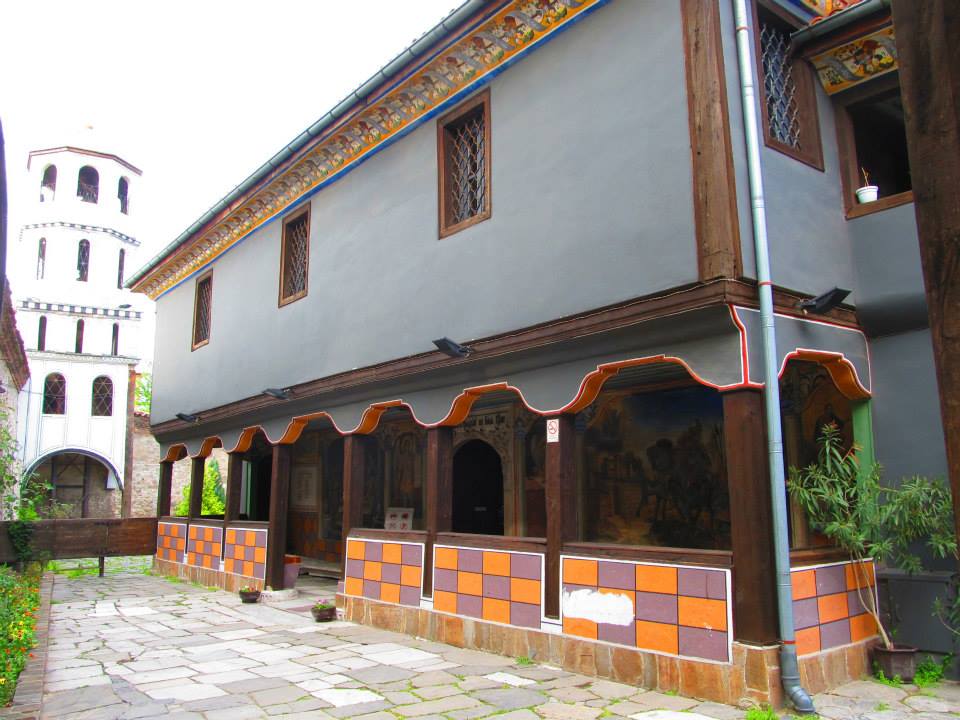
Part of the Acropolis is one of Plovdiv’s oldest pieces of Christian heritage; a church that dates all the way back to the 4th century.
Records show that it was erected around 30 years after the martyrs Severin and Memnos were decapitated on this spot for their Christian faith when paganism was still prevailing.
The interior is from the Bulgarian National Revival in the 1800s and decorated in a lavish neo-baroque style.
11. Dzhumaya Mosque
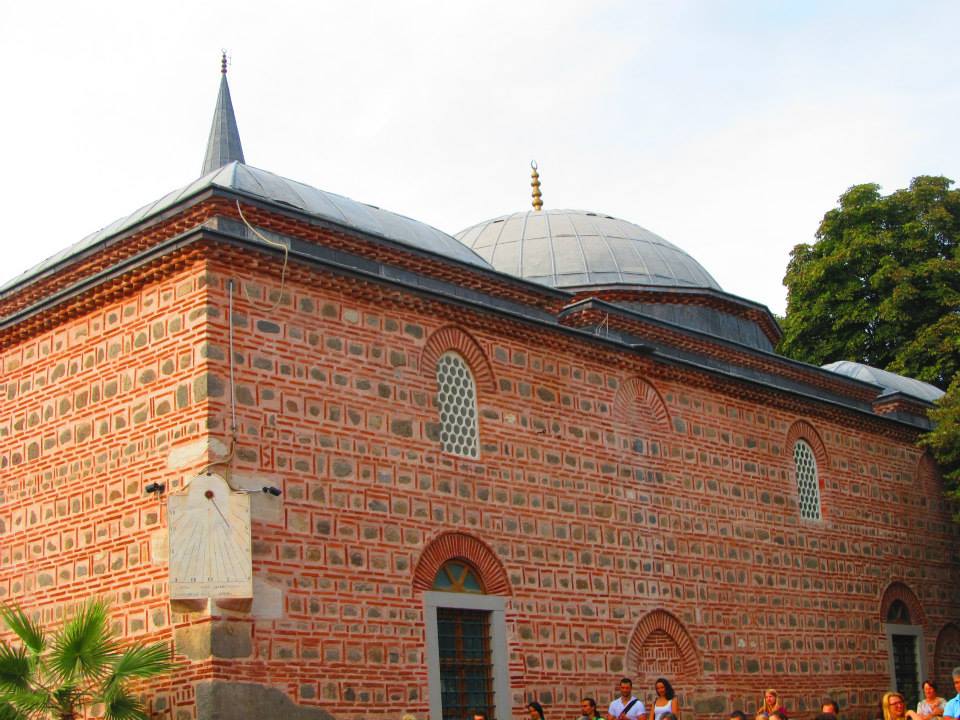
After the Ottomans took the city in the 1300s they built this mosque over the top of a cathedral that had stood here before.
After a couple of hundred years this building was updated during the rule of Sultan Murad II, which is what you see today.
On small but arresting addition took place in the 1800s when the north side of the mosque was refurbished with wooden kiosks.
12. Plovdiv Aviation Museum
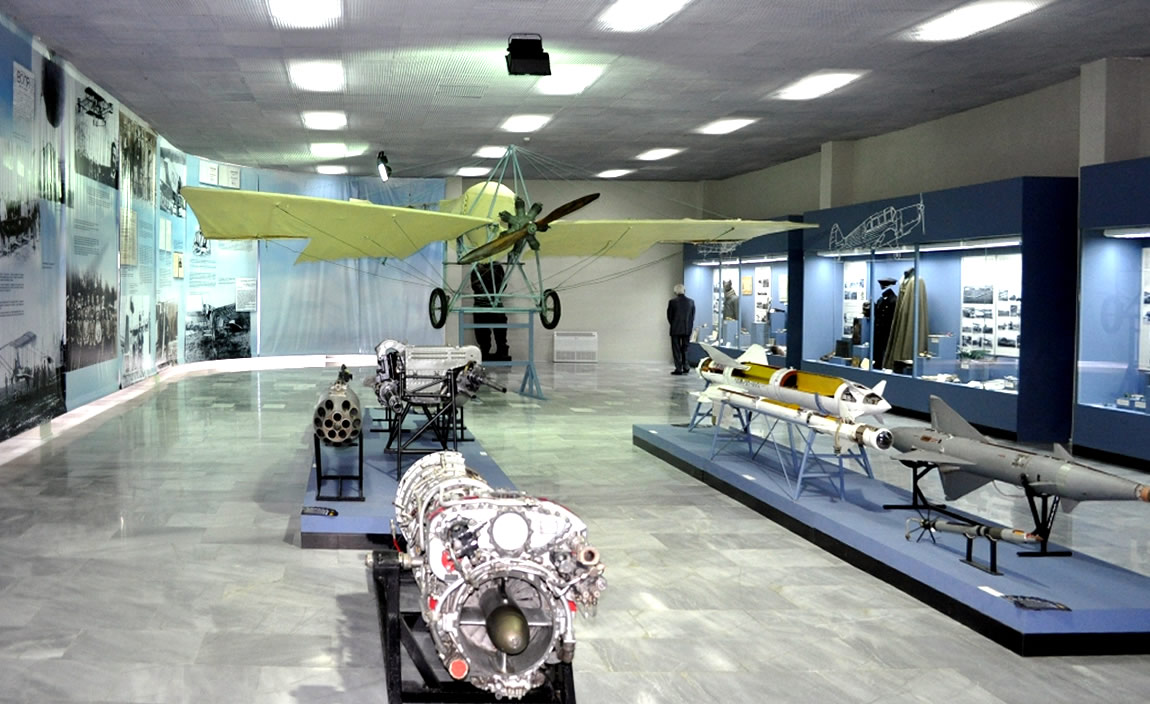
After a day or two touring ancient ruins and historic churches you may need a change of pace.
And this attraction at the city’s airport will catch the interest of anyone intrigued by Bulgaria’s communist past and Cold War history.
There’s a fab outdoor collection of migs and yaks here that you can get right up close to.
But surely the most valuable plane is the Arado 196 A-3, a German seaplane manufactured in 1938. It’s the last surviving model in the world.
13. Walk Plovdiv’s Hills
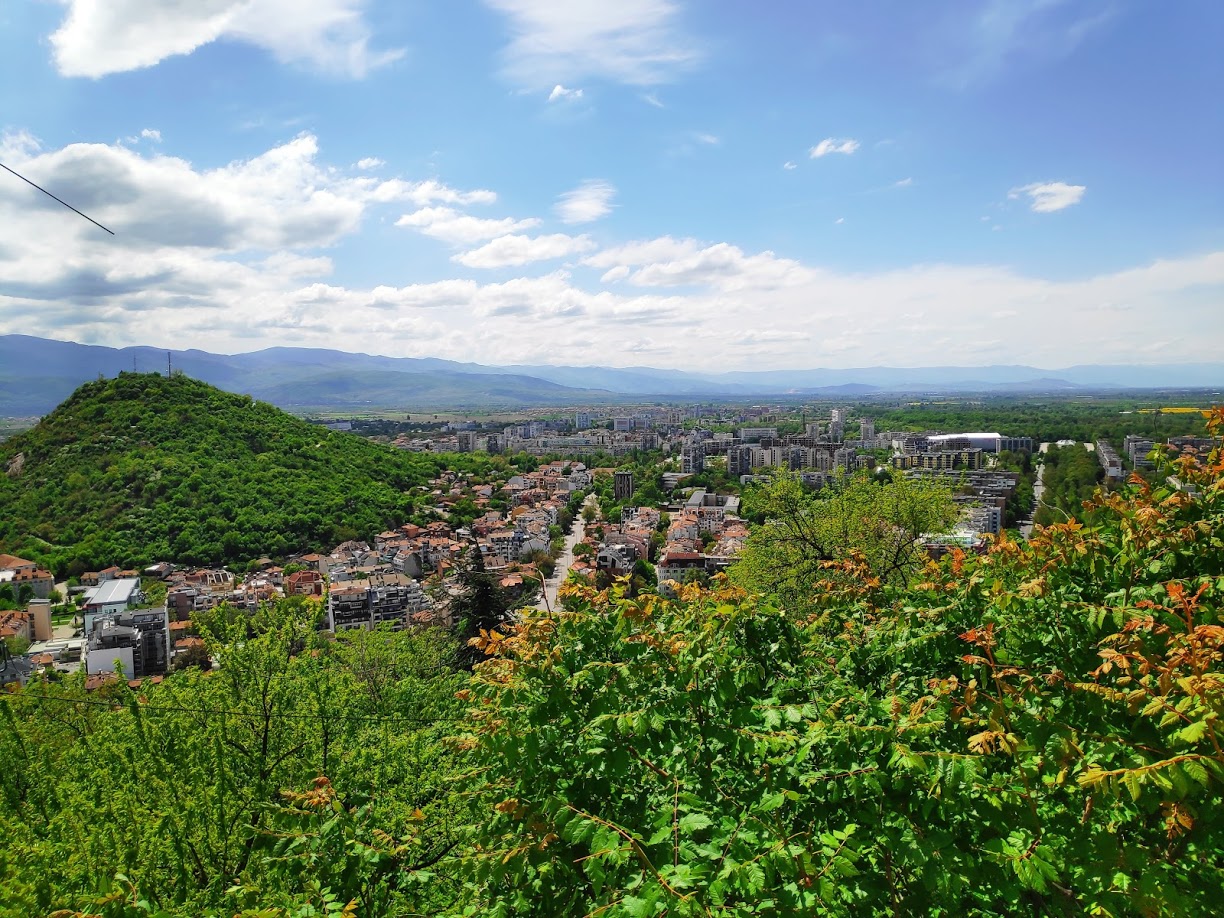
Plovdiv’s six hills rise like big humps from the body of the city.
There used to be seven, but one, Markovo Tepe, was quarried for its syenite stone in the 19th and 20th centuries.
In fact, most of the paving around Plovidv is made from this syenite, so if you walk the city streets you could say you’re walking on Markovo Tepe!
The taller of the remaining six hills are forested, and locals will tell you that you have to climb all of them to see the sunsets from each one.
You might not have time for that, so try Dzhendem Tepe, a natural landmark and the tallest at more than 300 metres.
14. Traditional Bulgarian fare
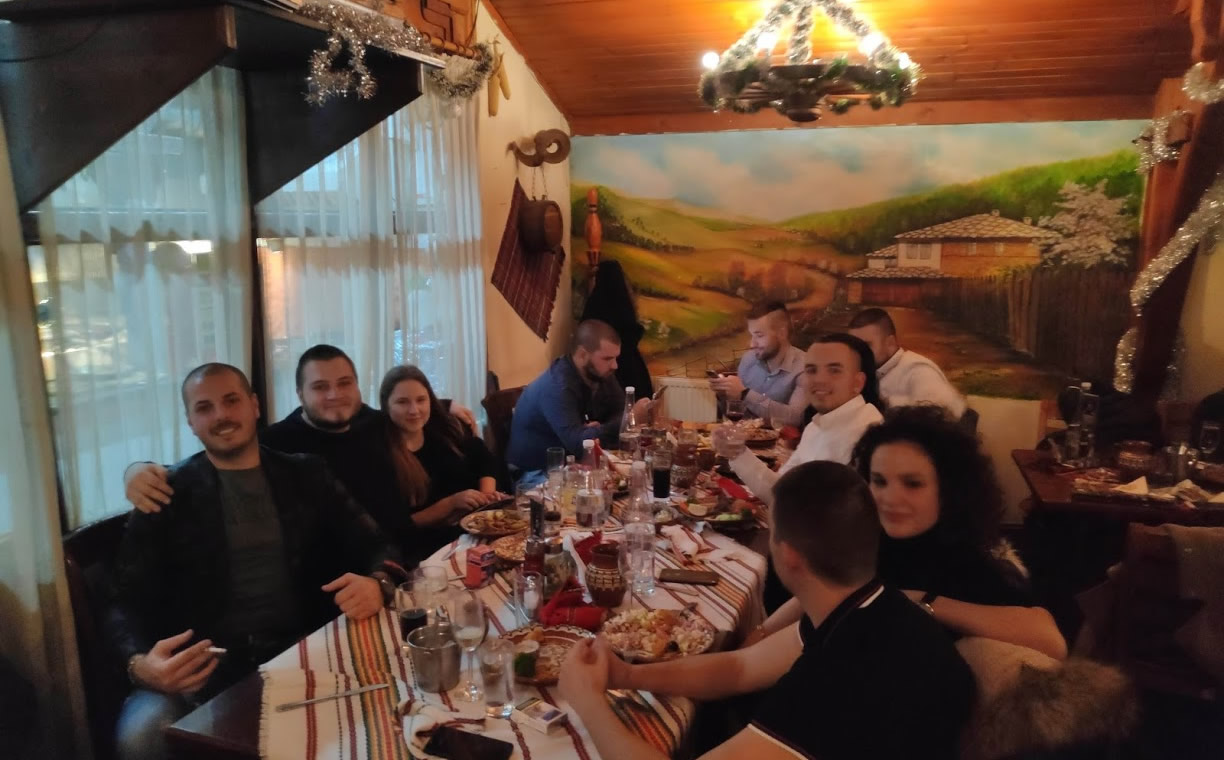
For international cuisine and fast food Plovdiv definitely holds its own, but since you came this far you should pop in at an authentic restaurant.
At a Bulgarian Mehana there will be traditional dance performances from a stage or courtyard while you eat.
This isn’t just for tourists; it’s just the way many people take their meals in this part of the world. Megdana in Plovdiv is one of the best for this.
Dinner hear means big cuts of chargrilled meat, clay pot stews, mushrooms on skewers, halloumi cheese, yoghurt and fresh shopska salad, made with tomatoes, cucumbers, onions and peppers.
15. Mavrud Wine and Rakia
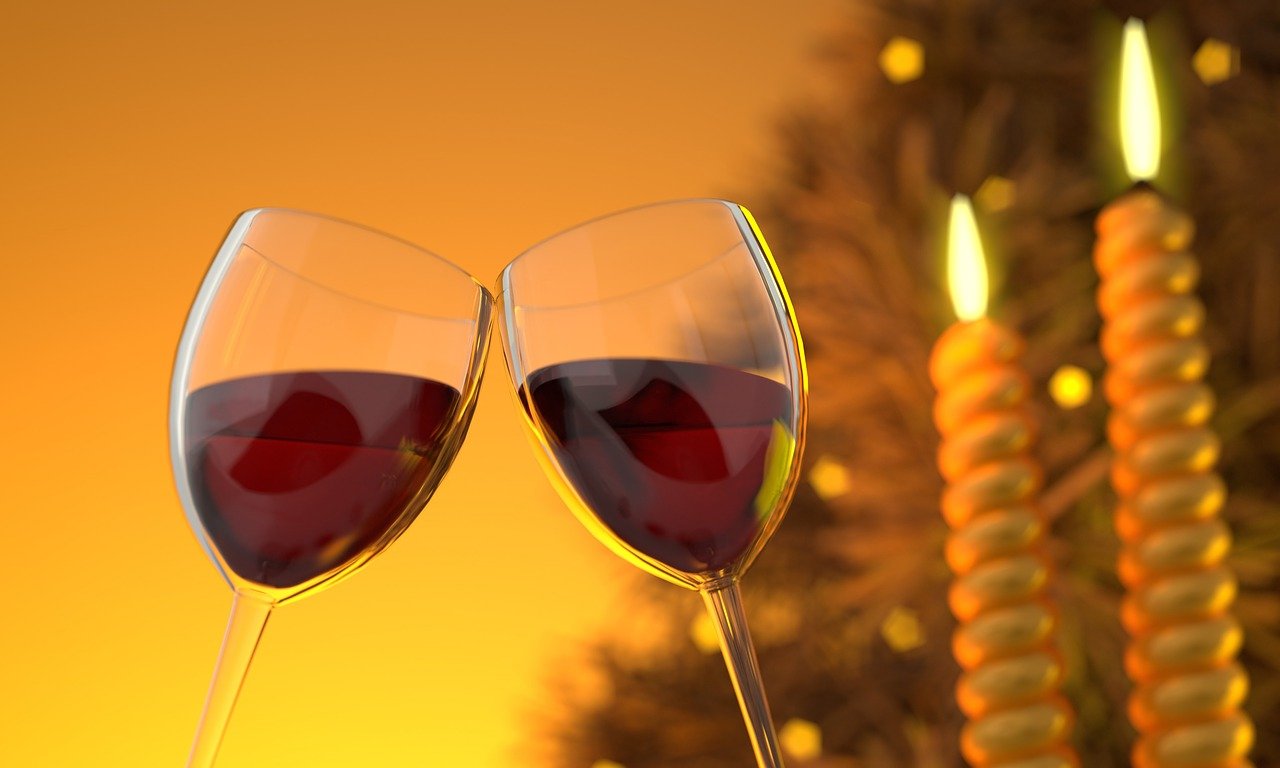
There are two local drinks in Plovdiv, and it has to be said that one is a bit more refined than the other.
First up is the powerful Rakia, which is “enjoyed” across the Balkans, and tends be slightly different depending on where you go.
This stuff has been brewed in Bulgaria since at least the 1000s and is best paired with a typical light shopska salad.
There are also tour operators in Plovdiv offering trips around the Thracian Lowland wine region surrounding the city. You can find a list of available tours right here.
This is where the indigenous Mavrud red grape is grown, which is often blended with other grapes but also makes it s own varietals, and is served at restaurants in Plovdiv.
source: thecrazytourist.com





